Maluku Islands History Facts and Timeline
(Maluku / Moluccan Islands, Indonesia)
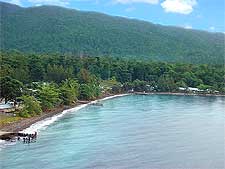
When Christopher Columbus stumbled upon the Caribbean islands in 1492, he had actually hoped to reach another group of islands on the opposite side of the globe. Few people today may be familiar with the Maluku Islands, situated in the middle of present day Indonesia, but centuries ago these 'Spice Islands' were the intended destination of countless European explorers.
It was the Dutch, however, who eventually seized control of the islands at the end of the Second Anglo-Dutch War in 1667, marking the start of an era of international importance in the history of the Maluku Islands. Over the years, the islands have also come to be known as the Moluccas.
Early History
Centuries before the Europeans considered spices as a valuable commodity, the Maluku Islands were already a bustling trade hub. While the Roman Empire was spreading throughout Europe and North Africa, the distant islands already had a flourishing trading relationship with
China and other Asian nations.
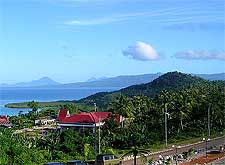
The early history of the Maluku Islands, however, stretches for more than 30,000 years, to the time when the islands were first settled. They have enjoyed long-distance trading relationships with other settlements for over 20,000 years.
Silver-plate segments and onyx beads, dating back to 200 BC and originating from
India, have been unearthed at island beaches. Of note, China became the islands' largest trading partner during the 6th and 7th centuries.
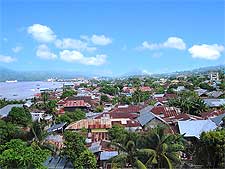
The Rise of Islam
Although the first Muslim traders arrived on the Maluku Islands shortly after the rise of Islam in the region, strong Islamic influence on the islands was not evident until the 14th century. Muslim traders brought not only their religion, now the most dominant in all of Indonesia, but they established a new social hierarchy as well.
During this period in the history of the Maluku Islands, the ruling council of elders, known as the Orang Kaya, were replaced by sultanates who could better handle the growing number of foreign traders arriving on the islands. Several of these spice traders lived side by side with locals, but even those who settled in separate enclaves were never far away from native settlements.
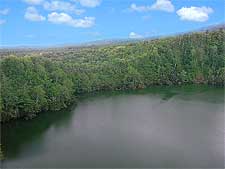
European Conquest
The Maluku Islands were conquered by the Portuguese, the Spanish and the Dutch between 1511 and 1602. However, it was the Venetians who monopolised Europe's lucrative spice trade from 1200 to 1500, because of their dominance over the Mediterranean Sea and trade with Muslim states.
The desire of other European nations to overthrow Venice's spice trade monopoly was the main motivation in finding alternate routes to the Spice Islands, a quest that eventually launched the Age of Exploration.
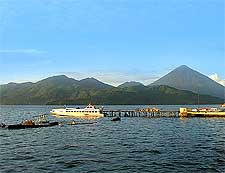
The Spice Wars
In 1602, the Dutch East India Company was granted a 21-year monopoly on the Maluku Islands' spice trade, but not without strong resistance from the Portuguese, the British and the native Bandanese, some 16,000 of whom lost their lives during the 17th- and 18th-century Spice Wars. Although the Dutch East India Company was nationalised in 1796, the Dutch continued to exert control over the islands and Indonesia at large until the archipelago became a republic in 1950.
Peaceful Present
Despite a 1950s separatist movement and more recent religious conflicts, the Maluku Islands are peaceful, tranquil, and largely unknown. However, once more people set their eyes on the islands' breathtaking rainforests, unique volcanic mountains and deserted beaches, the local tourism industry could become just as lucrative as the spice trade once was.
 When Christopher Columbus stumbled upon the Caribbean islands in 1492, he had actually hoped to reach another group of islands on the opposite side of the globe. Few people today may be familiar with the Maluku Islands, situated in the middle of present day Indonesia, but centuries ago these 'Spice Islands' were the intended destination of countless European explorers.
When Christopher Columbus stumbled upon the Caribbean islands in 1492, he had actually hoped to reach another group of islands on the opposite side of the globe. Few people today may be familiar with the Maluku Islands, situated in the middle of present day Indonesia, but centuries ago these 'Spice Islands' were the intended destination of countless European explorers. The early history of the Maluku Islands, however, stretches for more than 30,000 years, to the time when the islands were first settled. They have enjoyed long-distance trading relationships with other settlements for over 20,000 years.
The early history of the Maluku Islands, however, stretches for more than 30,000 years, to the time when the islands were first settled. They have enjoyed long-distance trading relationships with other settlements for over 20,000 years.

